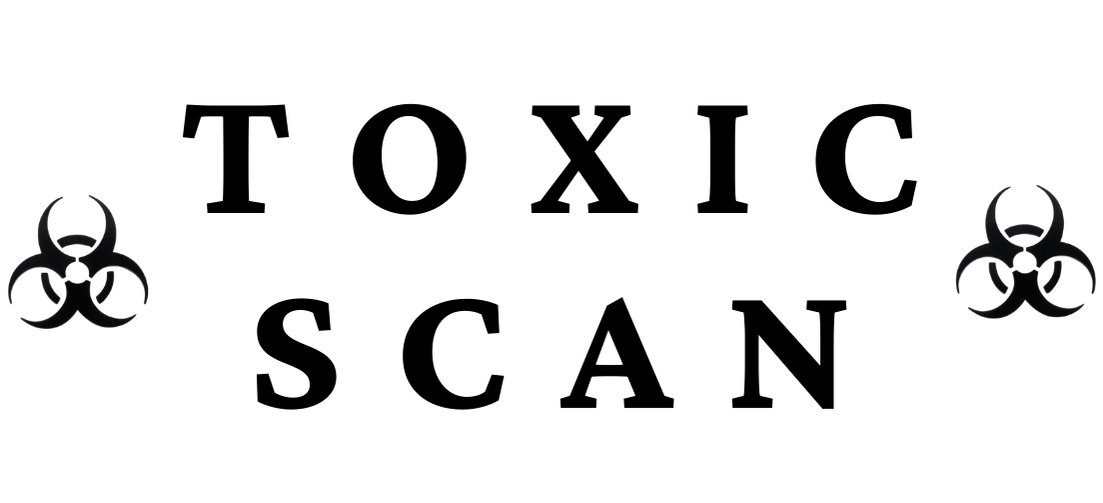E160a: Beta-carotene
E160a: Beta-carotene
What is E160a (Beta-carotene)?
Beta-carotene (E160a) is a naturally occurring red-orange pigment found abundantly in plants and fruits. It belongs to a group of plant chemicals called carotenoids, which give many fruits and vegetables their vibrant colors. Beyond its use as a food coloring, beta-carotene is perhaps best known as a precursor to vitamin A (retinol), meaning the body can convert it to vitamin A as needed.
Source and Production
Beta-carotene can be obtained through several methods:
- Natural extraction: Isolated from natural sources such as carrots, palm oil, algae, and certain fungi 2. Fermentation: Produced by microorganisms such as the fungus Blakeslea trispora
- Chemical synthesis: Created through chemical processes to produce a molecule identical to natural beta-carotene 4. Genetic engineering: Some beta-carotene is produced by genetically modified organisms
The source must be specified on food labels in some regions, with distinctions made between:
- E160a(i) - Mixed carotenes (extracted from plants)
- E160a(ii) - Beta-carotene (synthetically produced)
Common Uses in Food
Beta-carotene is used in numerous food products:
- Margarine and butter products (often to standardize color)
- Cheese and other dairy products
- Fruit juices and drinks
- Soups and sauces
- Cake mixes and baked goods
- Breakfast cereals
- Ice cream and desserts
- Snack foods
- Dietary supplements
It is also used in cosmetics and as a color additive in pharmaceutical products.
Health and Safety
Safety Profile
Beta-carotene has an excellent safety profile and is considered one of the safest food additives:
- GRAS status: Recognized as Generally Recognized as Safe (GRAS) by the U.S. FDA
- No established upper limit: No official upper limit has been established for beta-carotene from food sources
- Body regulation: The body regulates the conversion of beta-carotene to vitamin A as needed, preventing vitamin A toxicity
- Non-allergenic: Rarely associated with allergic reactions
- Suitable for most diets: Compatible with vegetarian, vegan, kosher, and halal diets
Health Benefits
As a nutritional component, beta-carotene offers several potential health benefits:
- Vitamin A source: Provides a safe source of vitamin A, essential for vision, immune function, and cell growth
- Antioxidant properties: Helps neutralize free radicals that may damage cells
- Immune system support: May enhance immune function
- Skin health: Often used in skin supplements for its protective properties
Cautions and Considerations
While generally very safe, some considerations include:
- Smokers caution: High-dose beta-carotene supplements (not food sources) may increase lung cancer risk in smokers
- Skin yellowing: Very high consumption can cause carotenemia, a harmless yellowing of the skin
- Supplement interactions: May interact with certain medications when taken as supplements
- Synthetic vs. natural: Some studies suggest differences in effectiveness between natural and synthetic forms
Regulatory Status
Beta-carotene has favorable regulatory status worldwide:
- European Union: Approved as E160a without restrictions
- United States: FDA-approved as a color additive exempt from certification
- JECFA: The Joint FAO/WHO Expert Committee on Food Additives has established an ADI (Acceptable Daily Intake) of "not specified," indicating no health risk at normal consumption levels
- Global acceptance: Approved in virtually all countries with food additive regulations
Identification on Labels
Beta-carotene may be listed on product labels as:
- E160a
- Beta-carotene
- Carotene
- Provitamin A
- β-Carotene
- Natural Beta-Carotene
- Synthetic Beta-Carotene
- Mixed Carotenes
Environmental and Ethical Considerations
Beta-carotene production has several environmental and ethical aspects:
- Natural sources: Extraction from plants is generally considered sustainable
- Palm oil concerns: When sourced from palm oil, deforestation concerns may arise
- Synthetic production: Chemical synthesis may have a higher environmental footprint
- GMO considerations: Some beta-carotene is produced using genetically modified organisms
- Golden Rice: Beta-carotene has been engineered into "Golden Rice" to address vitamin A deficiency in developing countries
Conclusion
E160a (Beta-carotene) stands out as one of the safest food colorings available, with the added benefit of serving as a nutritional component. Its very low toxicity rating (1/5) reflects its excellent safety profile and widespread natural occurrence in common foods.
For consumers concerned about artificial additives, beta-carotene represents an ideal alternative to synthetic dyes while providing the added benefit of vitamin A activity. The only significant concern relates to high-dose supplements in smokers, which is not relevant to its use as a food coloring. This dual role as both a coloring agent and a nutritional component makes beta-carotene unique among food additives.
